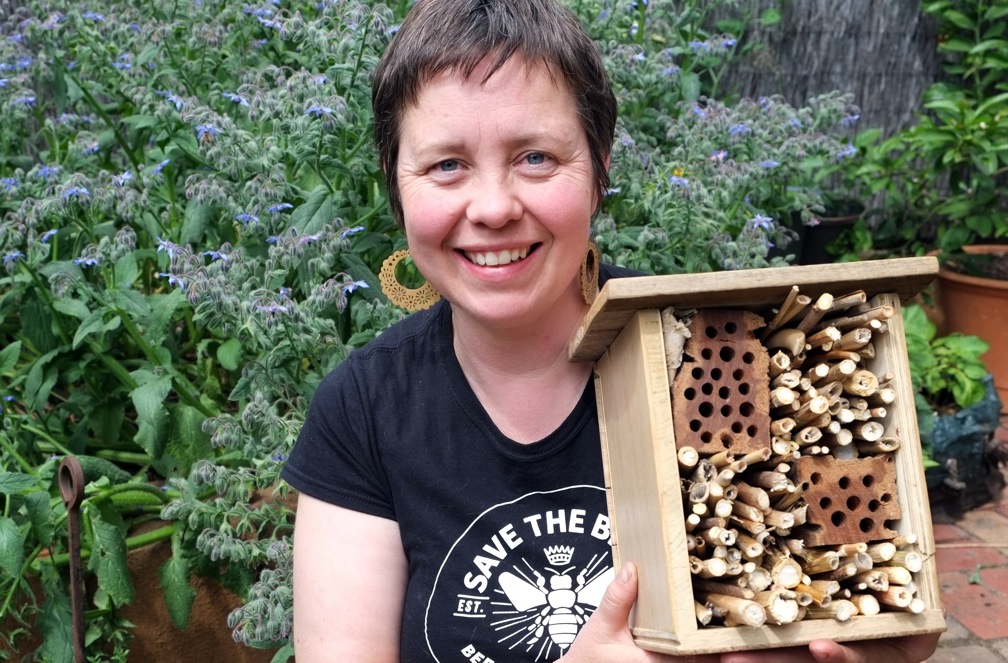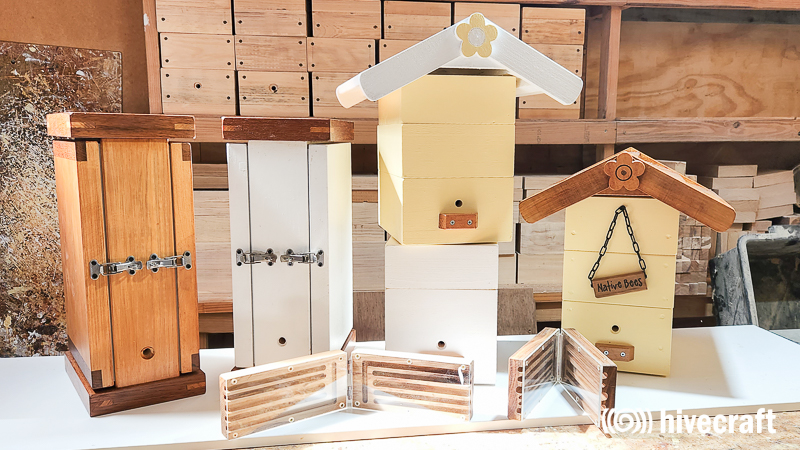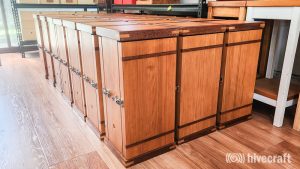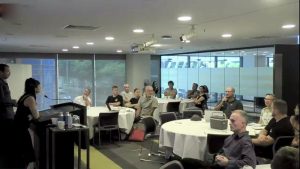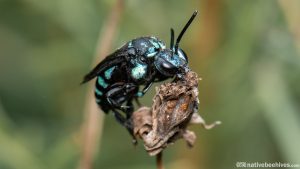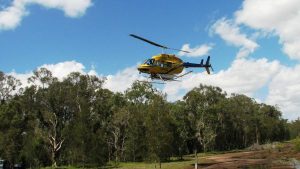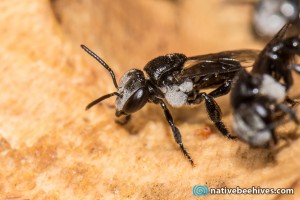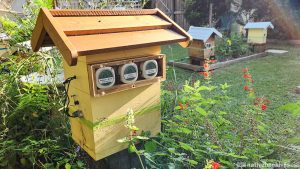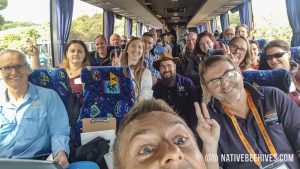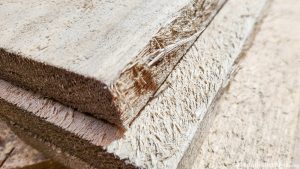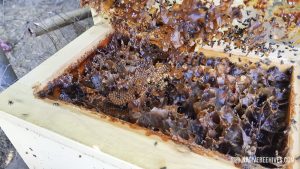Want to build a bee hotel this weekend and encourage some native solitary bees in to your garden?
Bee hotels provide individual artificial tunnels that entice female solitary bees to lay their eggs. About 30% of native bee species will choose to nest in pithy centred canes or branches and wooden logs, whereas 70% of native bees actually excavate holes in the ground such as the blue banded and teddybear bees. The easiest way to attract these bees to your garden is to provide a well-protected soft clay soil space that is free of mulch and receives morning sun. Alternatively, you can follow Les Dollin’s step-by-step instructions to build a mud brick home, however as these bees are aggregate species ie. they like to nest with similar neighbours, you need to provide a nesting area with around 60 holes as a minimum. www.aussiebee.com.au/aussiebeeonline0008.pdf

Materials
To start with, choose appropriate materials. Recycled and natural materials such as hardwood timber off cuts, old red gum fence palings, wooden boxes and crates, even an old guitar can be used as a box to create a bee hotel. As long as the wood is untreated and painted with high gloss enamels or lead paint, materials are easy to salvage from your shed or garden.
The bees aren’t fussy about design, as long as the bee hotel provides a safe and sheltered home and keeps the rain out. Avoid plastics, cardboard and composite woods such as particleboard as they tend to deteriorate in the elements. A bee hotel is essentially a box filled with nesting material. Begin with a box any shape or size, but ideally the box should be 150mm deep and have an angled roof with a 20mm overhang at the front should offer some protection to the entrance. A fixed backing on the box helps keep the contents in and the rain out.
Filling
Pack your box with some nesting materials that range in diameter. Most bees are very small so potential nesting material may include hollow twigs and dried out plant stems and canes such as bamboo, lantana, grape and passionfruit vines, water reeds and raspberry canes.
Drilling
Alternatively, place wooden (hardwood is popular) blocks with drilled holes in them inside your nesting box to attract species such as resin and carpenter bees. Use auger drill bits for 120-150mm deep holes that are 3-8mm in diameter (most popular by many species) 10mm (species such as resin bees must be 150mm deep) spaced 20mm apart. Try experimenting with different sizes,, but the larger holes often attract solitary wasps which plug up the holes with a mud plug whereas resin bees plug up their nests with materials that are green, red or sticky toffee. Pass the drilled blocks over a naked flame and/or sand to remove splinters which can injure bees.
Erecting your bee hotel
Place your bee hotel around 1.5m off the ground facing as much sun as possible, but sheltered a bit from the elements such as under an awning or pergola. North, northeast orientation is ideal as the bees need to warm up in the morning for their first foraging trip. Try to hang it at a 10degree tilted angle so that bees crawl slightly upwards and any moisture can drain out. if you have place it on a table or shelf you just need a small piece of bamboo place at the bottom near the back wall to create a slight tilt.

Want to find out more?
Stay in touch with Buzz and Dig for upcoming events and workshops at www.buzzanddig.com.au or www.aussiebee.com.au/aussiebeeonline0008.pdf and I can also highly recommend that people attend a local workshop as most areas have regular native bee workshops where you can build bee hotels. If you’re keen on learning more native bee expert and entomologist from WA, Kit Prendergast, has released an exclusive online 64p booklet with her own research on bee hotel designs, the biology of native bees that use them and preferred flowers for native bees with some amazing high quality colour photos. These booklets are available for $18, contact Kit Prendergast if interested. https://www.facebook.com/BeeHotelsforNativeBeesBook

Related articles:
Native Bees – Gold Coast www.goldcoast.qld.gov.au/files/sharedassets/public/v/2/pdfs/environment/backyard-biodiversity-our-nature-native-bees.pdf
